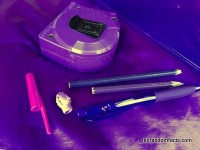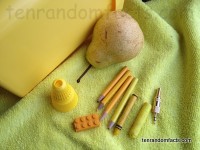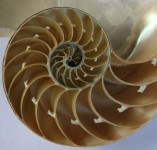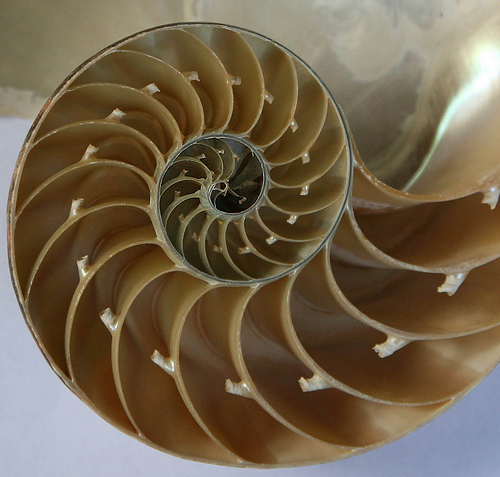
Have you ever seen a purple cow?
- Purple is a colour that is made of the colours red and blue and is typically classified by the hex code #800080 and RGB code (128, 0, 128).
- The word ‘purple’ has its roots in the Greek word ‘porphyra’, the term used for a dye that made this colour.
- Purple is commonly used to symbolise royalty, power, the supernatural, mourning, magic and mystery.
- Natural purple paints have been popularly made from hematite and manganese, while dyes have been made from blackberries, orcein moss and the murex sea-snail.
- Although synthetic purple dyes were available previously, Englishman William Perkin created the first affordable mauve dye in 1850, while in his late teens.
- Eggplants, some cauliflower and beans, irises and other flowers, grapes, sea urchins, lavender, blackberries, and distant mountains at dawn and dusk are sometimes coloured purple.
- The sole country to use the colour purple in their flag is Dominica, although the colour is used minimally on the flag’s parrot.
- Organic items that display a purple colour generally contain the chemical anthocyanin, that helps to protect leaves from light damage, and the chemical also contains antioxidants.
- Purple is not located on the light spectrum, due to it being made from a combination of red and blue, while violet, the closest colour in appearance, is at the lowest end of the spectrum.
- Notable shades of purple include mauve, violet, orchid, and mulberry.
Bibliography:
Purple, 2015, Color Matters, http://www.colormatters.com/the-meanings-of-colors/purple
Purple, 2015, Wikipedia, https://en.wikipedia.org/wiki/Purple






























